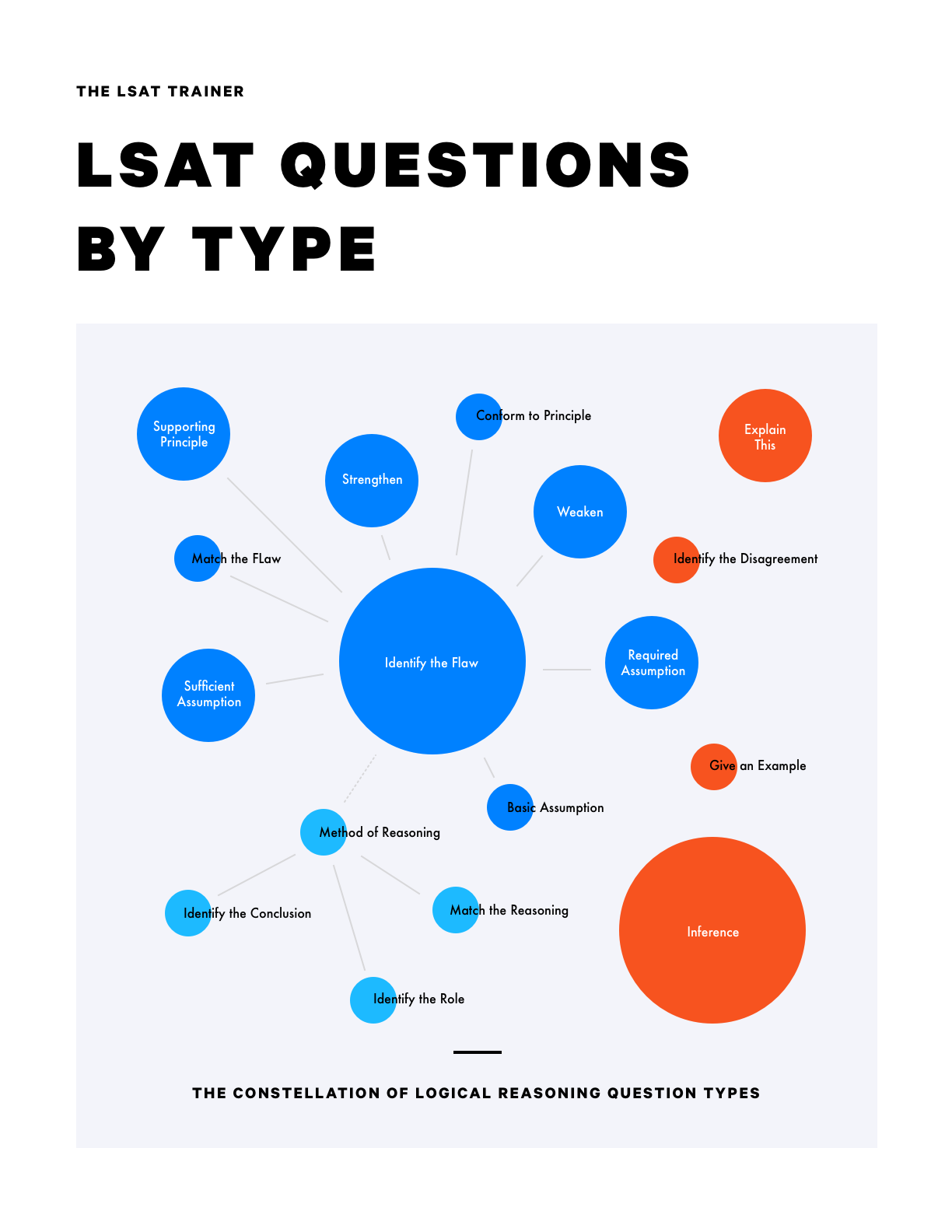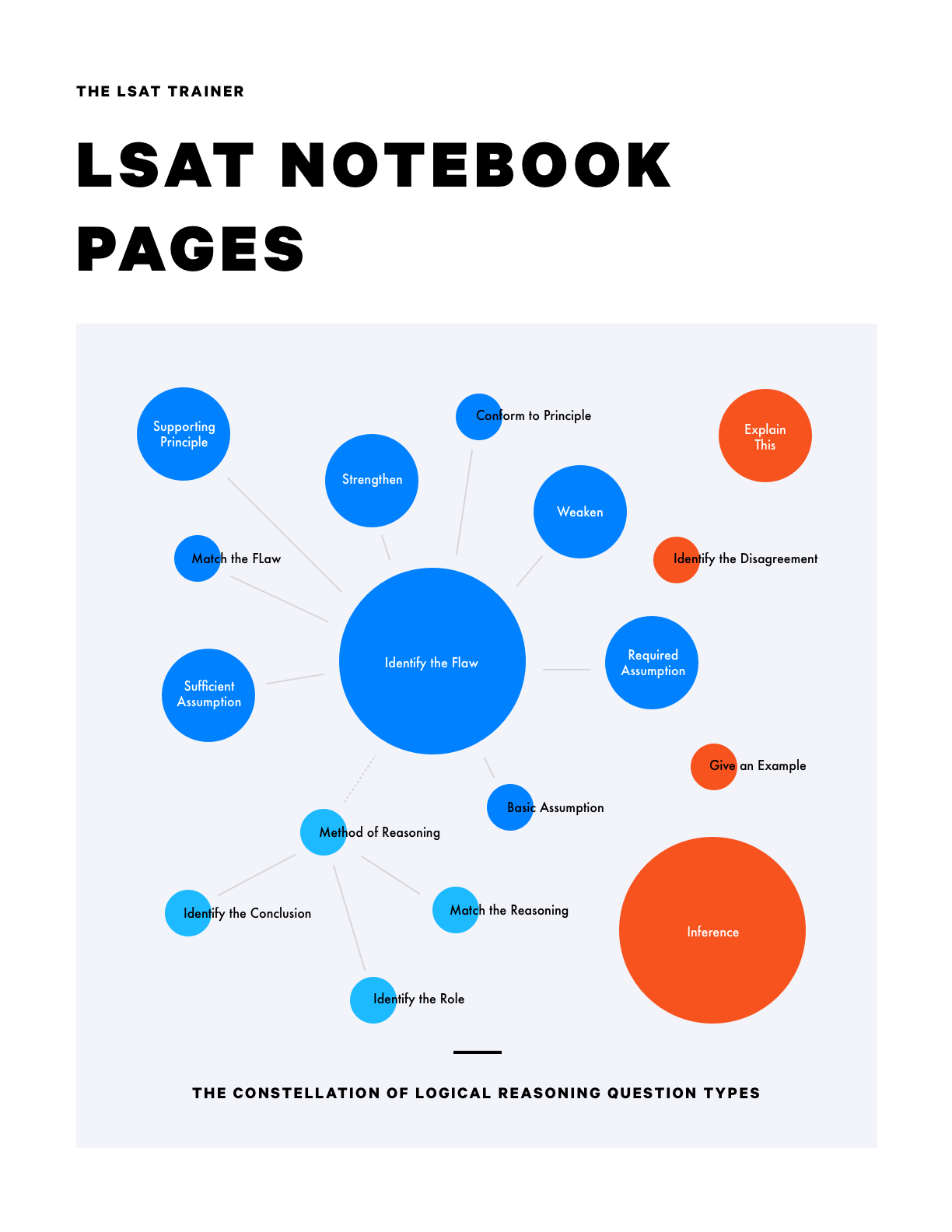Game 1
Step 1
Per the given scenario, we can write out the seven elements to be placed - P, Q, R, S, T, V, and W - and we can lay out the seven assignments to be filled, in order.
Step 2
Per the first rule, we can notate that S and T cannot be next to one another.
Step 3
Per the second rule, we can notate that Q is before R.
Step 4
Per the third rule, we can notate that V must be immediately before W.
Step 5
Per the fourth rule, we can notate that P is fourth.
Game 2 (Option 1)
Step 1
We can write out the three elements to be placed - F, G, and H, and we can create six positions to be filled, two each for L, M, and S.
Step 2
Per the first rule, we can notate that each element will be used at least once and no more than three times.
Step 3
Per the second rule, we can notate that L and M must have at least 1 element in common.
Step 4
Per the third rule, we can notate that the number of H in L is equal to the number of F in S.
Step 5
Per the fourth rule, we can notate that G cannot be assigned to S.
Game 2 (Option 2)
Step 1
Per the given scenario and the first rule, we can write out the elements to be placed and lay out the positions to be assigned. We elected to make the sections the elements to be assigned -- two lifestyle (L, L), two metro (M, M) and two sports (S, S) and we’ve based our assignments on the reporters -- one or more for each of Fuentes (F), Gagnon (G), and Hue (H). We notate that each of those reporters must have at least one, and up to three total, assignments.
Step 2
Per the third rule, which states that the number of S’s assigned to F must equal the number of L’s assigned to H, we can create two frames: one frame with one S assigned to F and one L assigned to H, and another with two S’s assigned to F and two L’s assigned to H.
Step 3
In the first frame, per the fourth rule, our second S cannot be assigned to G. So, it must be assigned to H. We can also notate that the second L cannot be assigned to H.
Step 4
In the first frame, that leaves us with L, M, and M left to assign. Per the second rule, we want to notate that we must have an L, M grouping.
Step 5
In the second frame, we only have the 2 M’s left to assign. Per the second rule, one of those M’s must be grouped with the L’s assigned to H. The remaining M must fill the minimum one assignment in G.
Game 3 (Option 1)
Step 1
Per the given scenario, we can write out the elements to be placed - two each of G, H, J, K, and L - and lay out the positions to be assigned, in order, and in five sets of pairs.
Step 2
Per the first rule, we can notate that no student can work both shifts of a day.
Step 3
Per the second rule, we can notate that L works the second shift on consecutive days.
Step 4
Per the third rule, we can notate that G works the first shift on non-consecutive days.
Step 5
Per the fourth rule, we can notate that K is assigned to Tuesday and Friday.
Step 6
Per the fifth rule, we can notate that H and J are paired together at least once.
Step 7
Per the sixth rule, we can notate that G and L cannot be paired together. Since we know L must always go second, that means G can’t ever work the morning shift of the same day.
Game 3 (Option 2)
Step 1
Per the given scenario, we can write out the elements to be placed - two each of G, H, J, K, and L - and lay out the positions to be assigned, in order, and in five sets of pairs.
Step 2
Per the second rule, we can create four frames, representing the four ways we can place the consecutive L’s: in groups 1 and 2, 2 and 3, 3 and 4, and 4 and 5.
Step 3
In frame 1, per the third and sixth rules, we can infer and notate that G must go into the first position in groups 3 and 5.
Step 4
In frame 1, per the fourth rule, we can notate that K goes into the open positions in groups 2 and 5.
Step 5
In frame 1, per the fifth rule, we can infer and notate that H and J must work together in the fourth group, in either order.
Step 6
In frame 1, that leaves H and J to fill the remaining two open positions, in either order.
Step 7
In frame 2, per the fourth rule, we can place K into the second and fifth groups.
Step 8
In frame 2, per the third rule and sixth rules, G cannot be in consecutive groups nor in a group with L - this forces us to put a G into Monday. Now Thursday is the only day for our H and J pairing, and that puts the final G into Friday.
Step 9
In frame 2, that leaves H and J to fill the remaining two positions, in either order.
Step 10
In frame 3, per the fourth rule, we can place K into the second and fifth groups.
Step 11
In frame 3, since, per the fifth rule, H and J must be together, we must place the pairing into Monday, the only day with two available positions. Since, per the sixth rule, G can’t be with L, that forces the remaining two G’s into Tuesday and Friday.
Step 12
In frame 3, that leaves us with H and J to fill the remaining two positions, in either order.
Step 13
In frame 4, per the fourth rule, we can place K into the second and fifth groups.
Step 14
In frame 4, per the third and sixth rules, we can place G into groups 1 and 3.
Step 15
In frame 4, this leaves us no place for the H, J pairing. This violates the fifth rule, and thus the fourth frame is not a viable one and we can eliminate it.
Game 4 (Option 1)
Step 1
Per the given scenario, we can write out the six elements to be placed - K, L, M, N, O, and P - and we can lay out a T-diagram that represents the two groups that the elements will be assigned to - S and F.
Step 2
Per the first rule, we can notate that M and P cannot be together, which means one must be in S and the other in F.
Step 3
Per the second rule, we can notate that K and N must be placed together.
Step 4
Per the third rule, we can notate that if K is in F, O must be in F, along with the contrapositive.
Step 5
Per the fourth rule, we can notate that if M is in F, then N is in S, along with the contrapositive.
Step 6
We can mark that L is not restricted by any of the given rules.
Game 4 (Option 2)
Step 1
Per the given scenario, we can write out the six elements to be placed - K, L, M, N, O, and P.
Step 2
Per the first rule, we can create two frames, one with M assigned to S and P assigned to F, and another with P assigned to S and M assigned to F.
Step 3
Per the second rule, we can split each of these frames up further, with each pair showing that that the K, N duo can be assigned to S or F.
Step 4
Per the third rule, in frames 1B and 2B, O must be assigned to F.
Step 5
Per the fourth rule, frame 2B is not a viable option, and thus we can eliminate it.
Step 6
In frames 1A and 2A, we have O and L left to place, and no restrictions on them, and so we can indicate that on our diagram. In frame 1B, we just have L left to place, and we can indicate that as well.



